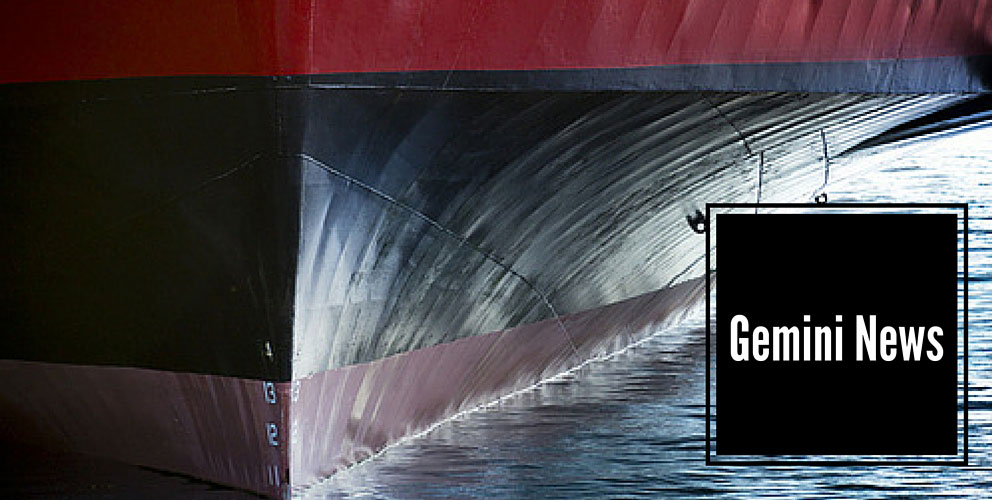Gemini Shippers joins coalition seeking suspension of detention and demurrage charges

Gemini Shippers Group joined almost 50 associations in a letter to the Federal Maritime Commission…
Gemini Shippers GroupNovember 16, 2020



